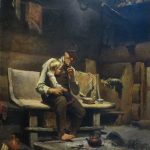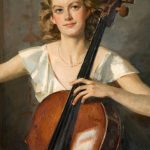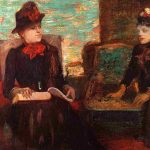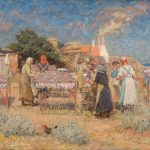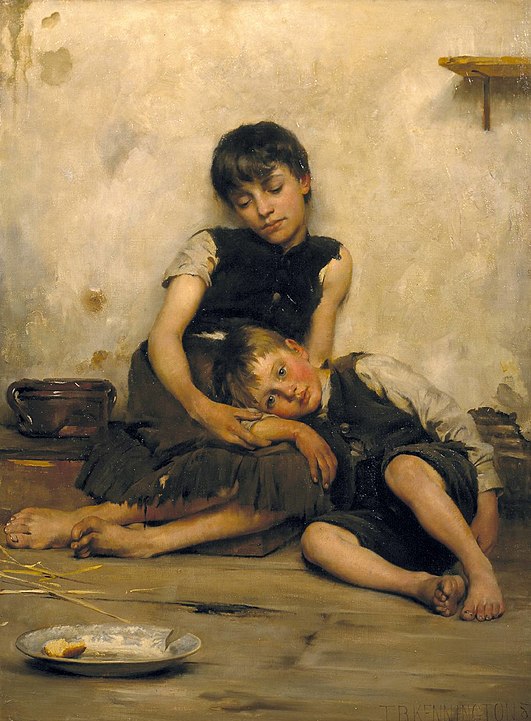
Thomas Benjamin Kennington, a prominent English painter, was born on April 7, 1856, in Grimsby, Lincolnshire. His artistic career unfolded during the late 19th and early 20th centuries, and he became renowned for his emotionally charged genre paintings and portraiture. Kennington’s works often captured the human condition with empathy, shedding light on the social realities of his time.
Kennington’s early years were marked by a passion for art, and he embarked on his artistic journey by enrolling at the Liverpool School of Art. Later, he continued his studies at the Royal College of Art in London, where he honed his skills and developed a keen understanding of academic principles. His academic training laid the foundation for his later success as a painter.
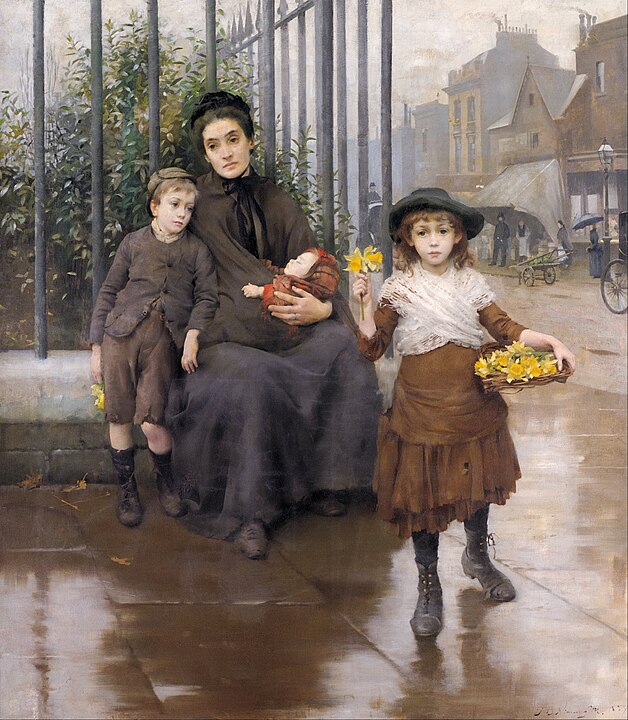
In the late 19th century, Kennington aligned himself with the Newlyn School, a group of artists based in the Cornish fishing village of Newlyn. The Newlyn School was known for its commitment to depicting everyday life and social realism, themes that resonated with Kennington’s artistic sensibilities. His early works reflected the influence of this movement, portraying scenes of rural life and the working class with a sincerity that set him apart.
Call forth emotion
One of Kennington’s notable paintings from this period is “Orphans” (1885), a poignant portrayal of two destitute children seeking refuge. The painting garnered attention for its emotional depth and the artist’s ability to evoke empathy for the less fortunate. “Orphans” established Kennington as a painter with a social conscience, a theme that would recur throughout his career.
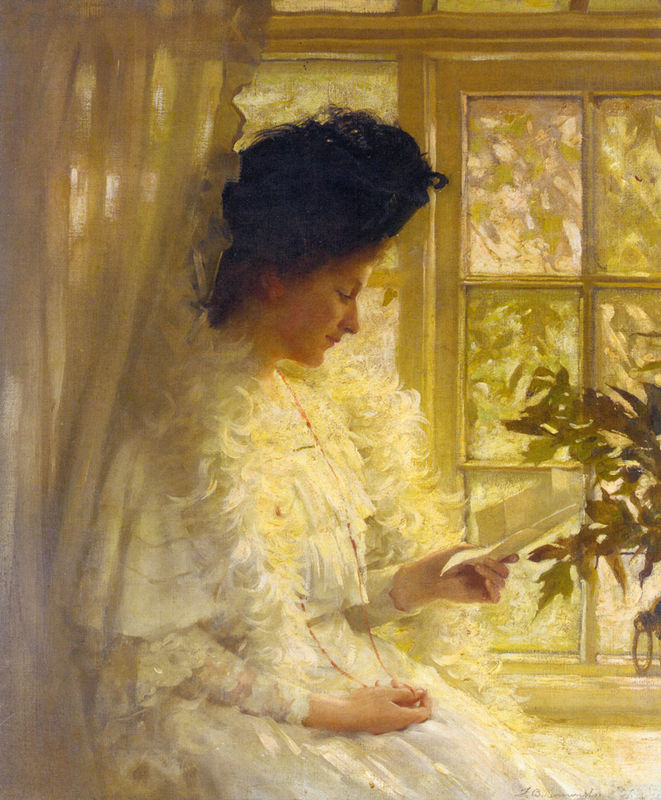
Kennington’s commitment to social realism found expression in his association with the Social Purity Alliance, an organization dedicated to addressing social issues such as poverty, inequality, and the exploitation of women and children. Through his art, Kennington sought to raise awareness of the challenges faced by the marginalized and to advocate for social reform.
As the 19th century transitioned into the 20th century, Kennington’s artistic focus expanded to include portraiture. His portraits, characterized by a psychological depth and a keen attention to detail, captured the individuality of his subjects. Kennington’s ability to convey the inner emotions and character of his sitters established him as a sought-after portraitist.
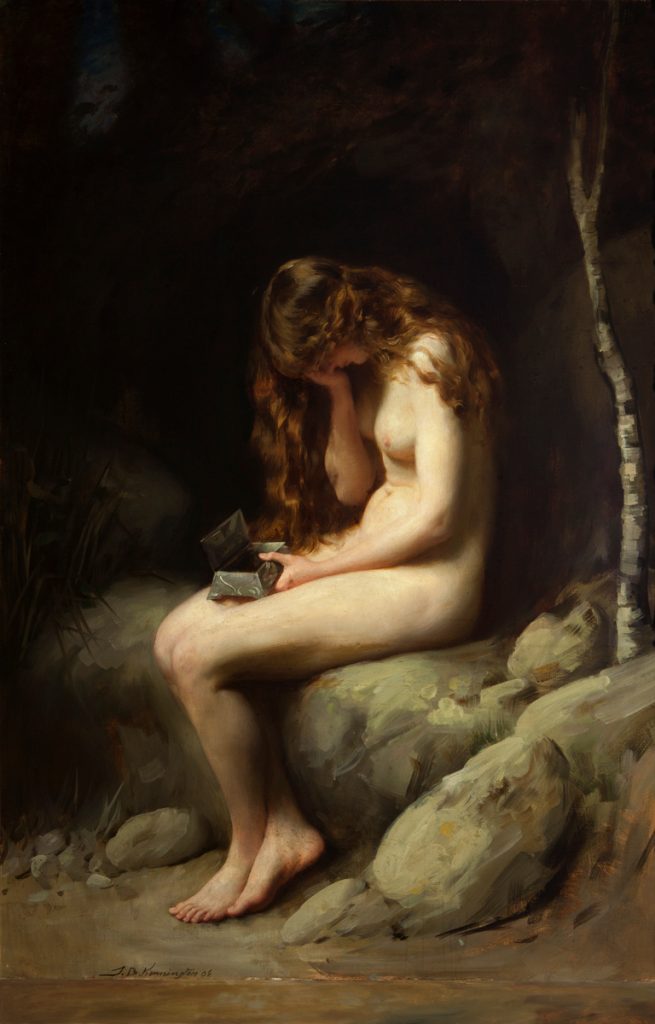
One of Kennington’s most famous portraits is “The Pinch of Poverty” (1891), depicting a destitute old woman wrapped in a tattered shawl. The painting masterfully conveys the hardships of poverty, emphasizing the emotional toll on the individual. Through his portraiture, Kennington continued to engage with social issues, using his art as a means of advocacy and commentary.
Kennington’s involvement with the New English Art Club (NEAC), an artist-led organization, further demonstrated his commitment to artistic innovation. The NEAC provided a platform for artists to exhibit their works outside the confines of traditional academic institutions. Kennington’s participation in the NEAC exhibitions allowed him to showcase his evolving style and contributed to the broader conversation about the direction of British art.
The artist’s interest in portraiture extended to the depiction of children, a subject he approached with sensitivity and insight. Kennington’s portraits of children, such as “The Blue Bowl” (1891), captured the innocence and vulnerability of youth. These paintings revealed his ability to convey a range of emotions and added a nuanced dimension to his body of work.
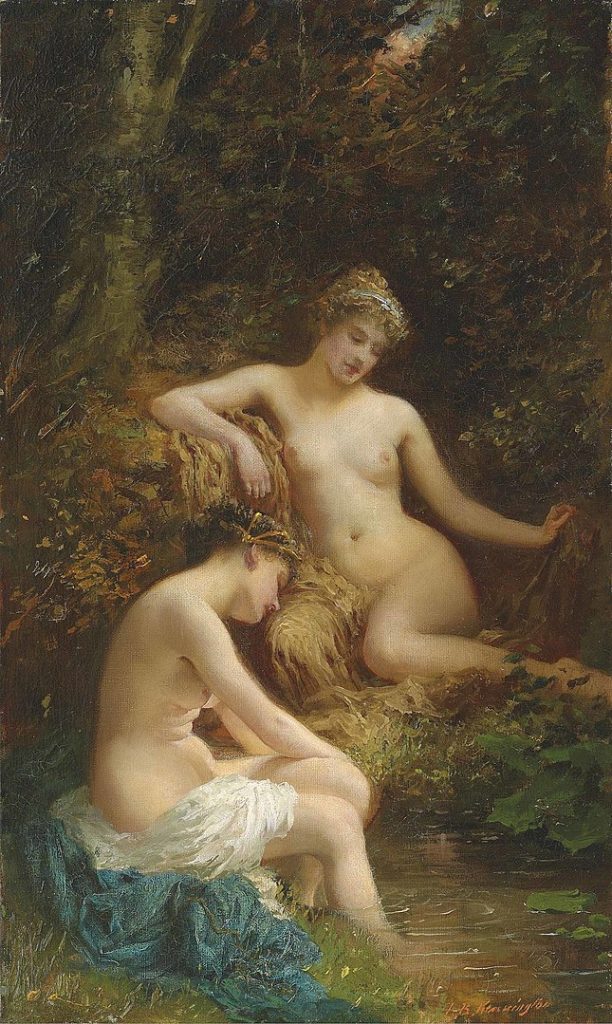
In 1891, Kennington became an associate member of the Royal Academy of Arts, and in 1903, he achieved full membership. His acceptance into this prestigious institution underscored the recognition and respect he had garnered within the artistic establishment. Kennington’s works were regularly featured in Royal Academy exhibitions, solidifying his place in the canon of British art.
Embracing portaiture
Kennington’s career took a new turn in the early 20th century as he embraced portraiture on a larger scale. He received commissions to paint several official portraits, including those of Lord Curzon and Sir Edward Grey. His portraits of political figures demonstrated his ability to capture the dignity and authority of his subjects, showcasing a versatility that extended beyond his earlier genre paintings.
As World War I unfolded, Kennington’s artistic focus shifted to the portrayal of war and its impact on individuals. He served as an official war artist, documenting scenes from the front lines and depicting the experiences of soldiers. His war paintings, characterized by a somber realism, conveyed the human cost of conflict and contributed to the war effort by fostering a sense of national unity.
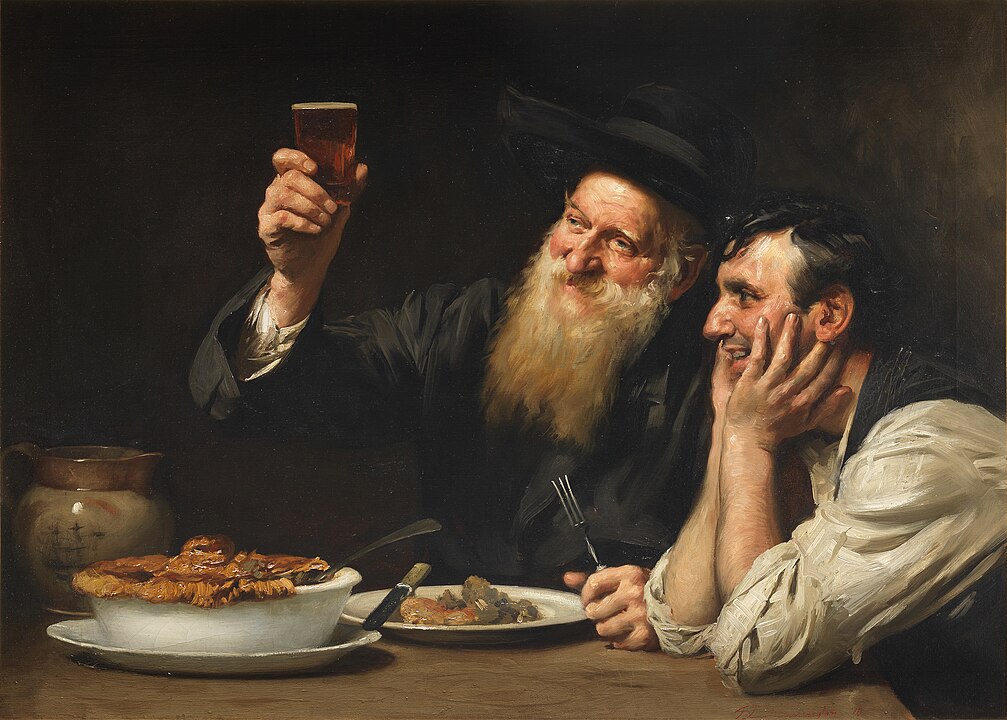
Kennington’s post-war years were marked by continued artistic success. He received commissions for public portraits, and his works were featured in prominent exhibitions. His artistic legacy was further solidified through his role as a teacher at the Royal College of Art, where he influenced the next generation of artists.
applauding humanity
Thomas Benjamin Kennington passed away on December 10, 1916, leaving behind a body of work that reflected his commitment to social realism, portraiture, and the exploration of diverse themes. His paintings, whether capturing the struggles of the poor, the innocence of children, or the dignity of political figures, remain poignant reflections of the human experience during a period of profound societal change.
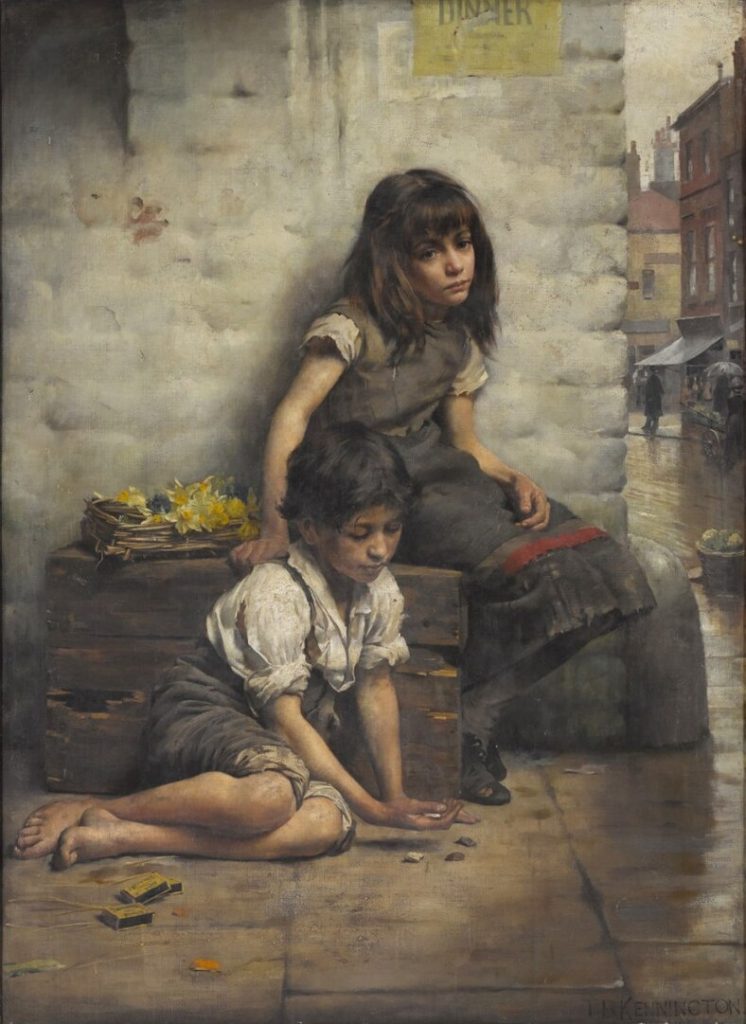
Kennington’s contributions to both genre painting and portraiture demonstrate the breadth of his artistic vision and his ability to engage with the pressing issues of his time. Through his art, he sought to create empathetic connections with his viewers, prompting reflection on social realities and the shared humanity that unites individuals across diverse backgrounds. Thomas Benjamin Kennington’s legacy endures as a testament to the enduring power of art to illuminate and inspire.


